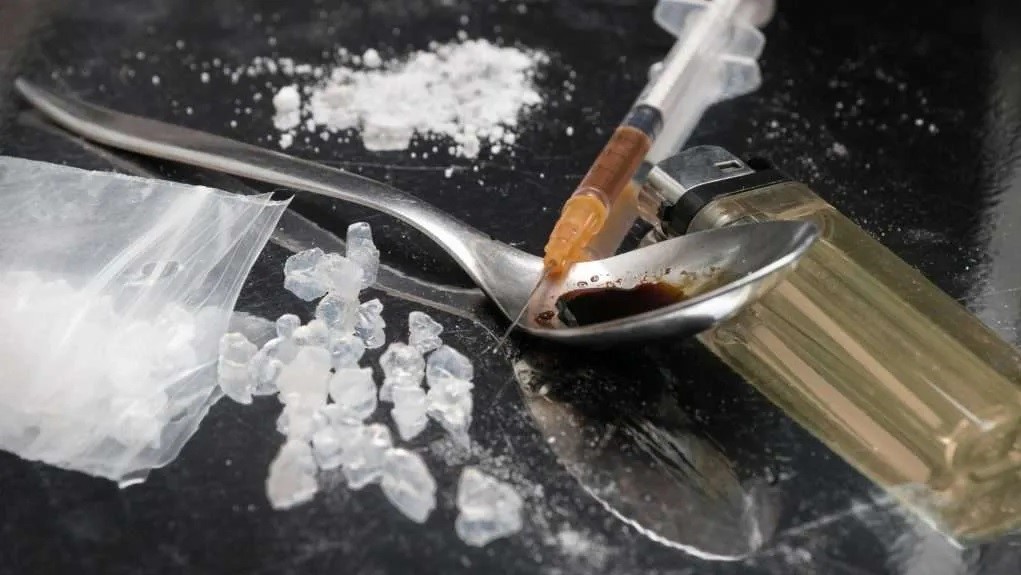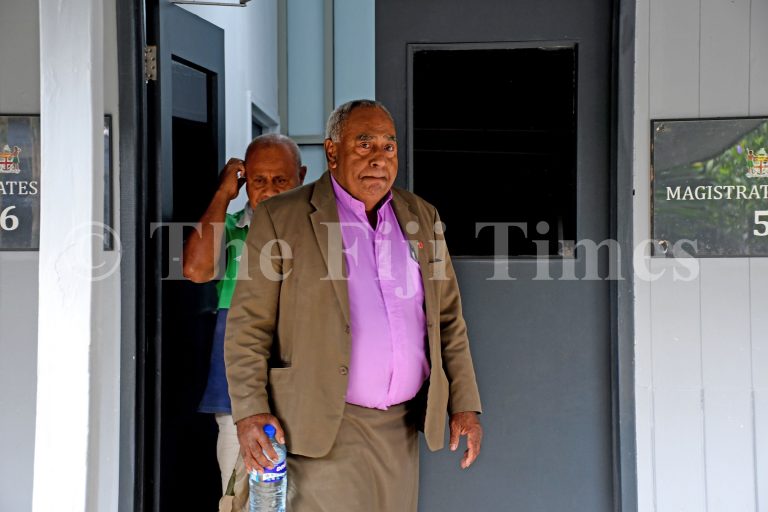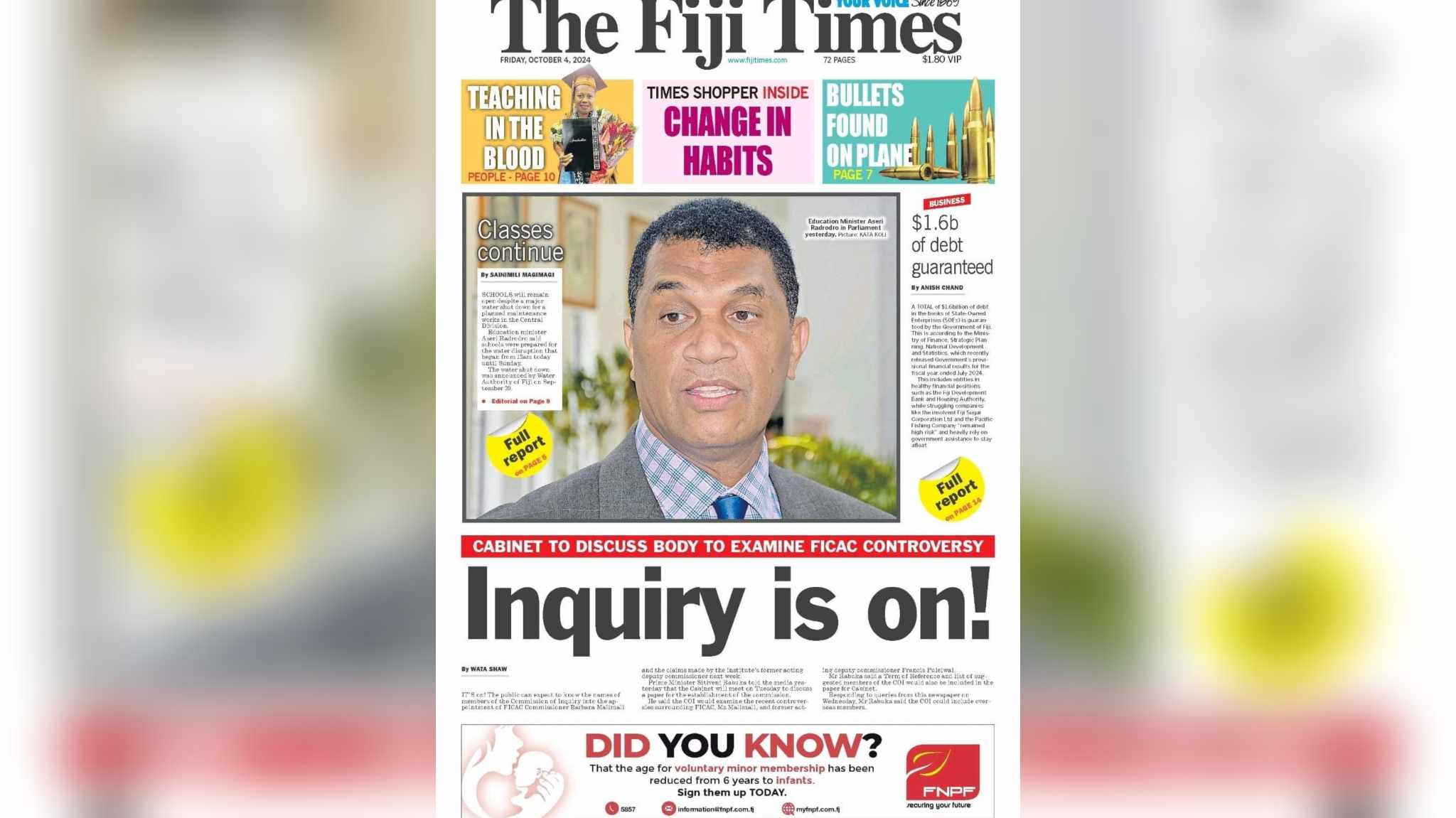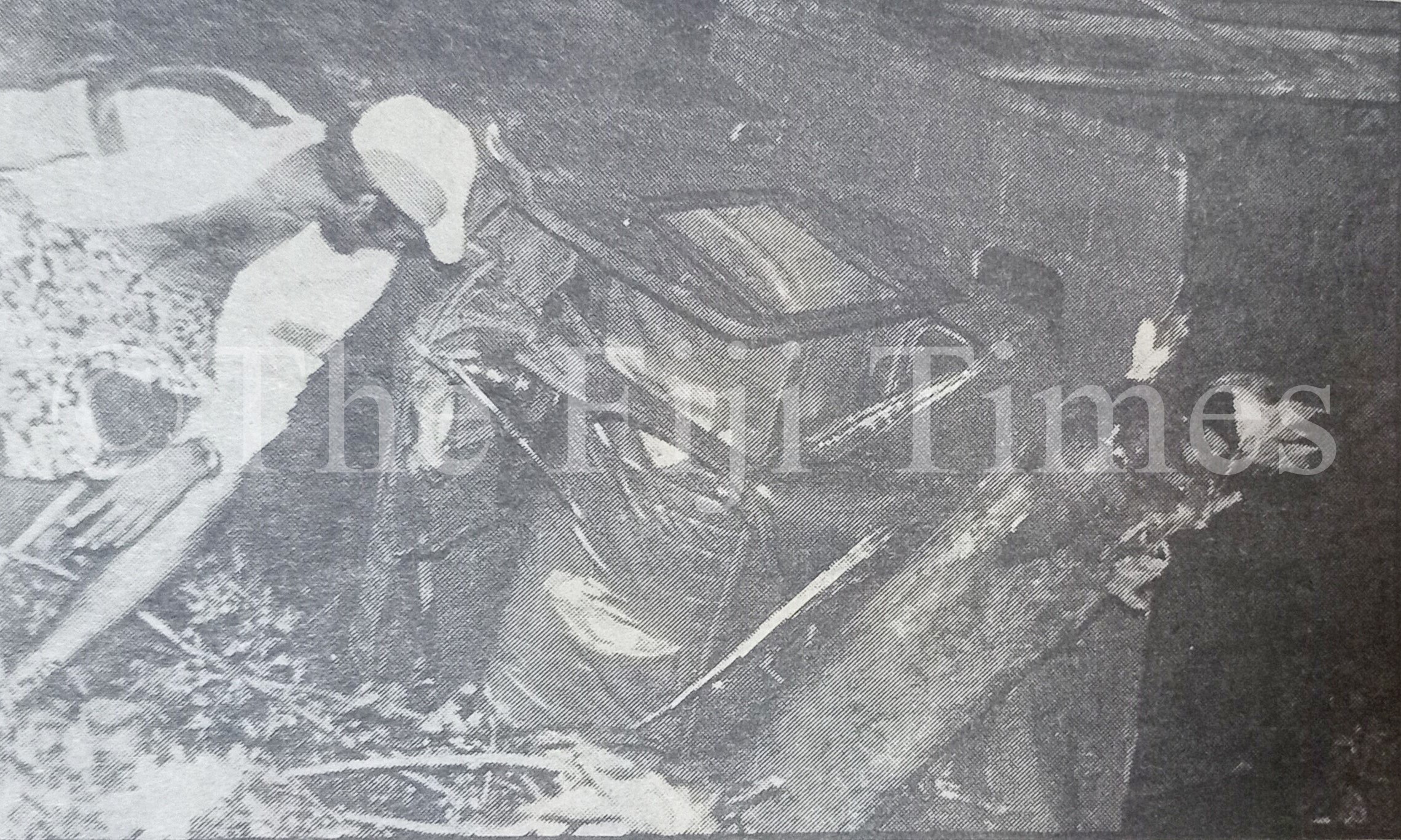There’s a house that sits ideally tucked within a suburban neighbourhood where mostly youth rendezvous to shoot meth.
However, for the sake of safety the names of residents in this story will not be disclosed for their protection.
“Inside its abandoned and empty spaces, tiny plastic sachets that once contained ice litter the floor,” said one resident who was allowed inside.
“I saw discarded syringes at a corner where the floor met the wall.”
It was by sheer chance that I stumbled upon this informant Mr X. He says young men mostly below the age of 35 like to hang out at the house. Curtains are always drawn to conceal those inside, from the outside world, and vice versa.
“The room was dark, and a candle was lit, used to heat and liquify a substance I belief to be ice. Afterward they would inject themselves. I didn’t stay longer than that and left,” Mr X said.
A few years back, the property used to be a family home. Doors opened to let in fresh air and a hedge filled with assorted plants lined the front lawn.
There’s a common footpath that cuts directly beside the property leading to a nearby bus stop, school children and working people frequent this path to catch the morning bus ride to Suva city, a 20-minute-drive away.
Youths in the suburb, say there is another house, a stone’s throw away. It is abandoned, after it was partially destroyed by a fire some years ago. Today, it is a rendezvous for drugs users and alcohol.
“Nobody bothers because people are too busy minding their own business. The police have been known to patrol here, but they hardly come around now. When they do come, we can see them from afar.
The neighbourhood police confirmed there have been several arrests in relation to the drug meth or ice in this particular suburb. The situation’s the same along the Lami-Nausori corridor.
Killer drug suspected
I recently attended a funeral last month and was taken aback when a eulogy from the deceased family, turned from the customary adulation, to a warning against hard drug abuse.
There has been controversy that the youth died as a result of meth abuse, but it wasn’t until that eulogy, that I saw things more clearer.
The relative changed tunes amid his eulogy, and encourage other youths and peers who sat in the pews, to stay away from drugs.
His family kept tight-lipped about the circumstance around his death, however they didn’t hold back during the funeral service.
Never before have I heard the talatala elaborate further on the issue of drug abuse in his summon at a funeral. He was more confronting, gesturing his arm to everyone in attendance.
“I know some of you are friends and have been involved in these illegal activities at some stage or another — but it is now that you must act.
“The physical life holds a lot of sin, that’s dragging many away from the real picture. You must refocus your view on building your spiritual lives,” the talatala said
The service left me with a message of hope. It was indeed brave for the family to choose that moment to share this pressing concern.
The deceased was only 29 years old. The first known incident in the area, was a 19-year-old who went missing on the night of the Coca-Cola Games this year and returned home feeling unwell.
A family member said the teen seemed worn-out with bags under his eyes and a pale face when he returned to his mother a day later. This young boy was later rushed to hospital after blood oozed from his nose.
The relative said doctors discovered a high concentration of the illicit hard drugs in his system. The boy later confessed and sought forgiveness before he died.
These deaths came as a shock to the many other families who knew them, however, according to a lay preacher actively involved with youths in the area, “there are parents still in denial about this new menace bewitching the younger generation.
“A lot of parents are preoccupied keeping a job, to make ends meet, and have no time to monitor the whereabouts of their teenaged children. Then there are displaced youths who are not living with their parents – biliraki (neglected and pushed around),” he said.
“And how much proof do we need to believe stories like these? There are probably others out there who share similarities. But the bottom line is teaching should start at home and illegal activities should be reported.
The raid
In April this year, residents within the same suburb collaborated with the different churches and included police to raid a home suspected of manufacturing meth.
Mr Q, a resident who joined the raid, said the house was left in the care of a younger relative, the suspected manufacturer of meth.
However, no arrests were made.
“The suspect is still at large because when we raided the place, other than a few chemical substances and needles, it seemed like the perk was warned and left just in time.”
The resident said the homeowner was shocked to hear about the news and has since moved back into her home.
A literature by Tomu Vunakece titled The Role Of Youth In The Development Of Fiji reports between the 1960-70s the suburb recorded an estimated population of more than 12,000, of which 7000 were under the age of 21.
Presumably this figure would have doubled over five decades now considering homes with extended family members — and the increased presences of squatter settlements close-by.
St Giles
Last week this newspaper reports a 14 year-old being the youngest referred to St Giles arising from drug abuse. In May the The Fiji Times reported that cannabis, methamphetamine and alcohol abuse were the most common reasons why people were admitted to St Giles Psychiatric Hospital so far this year.
Medical Superintendent Dr Balram Pandit told a talanoa session at the Fiji National University’s Nasinu campus, the hospital received 8000 visits.
Pandit spoke on the topic of “Responding to Illicit Drugs and Substance Use Disorders” and said the figure was far more than what they recorded in previous years, which was over 6000.
“If you compare the data for the past 10 years, the number of visitations at St Giles have nearly doubled,” Dr Pandit said.
“The figures used to be specifically related to substance abuse, 20 to 30 patients per month where you were diagnosed with pure substance abuse or substance-related problems.
“When we look at the data that we have for this year, in January alone we had 103 inpatients.
“Surprisingly, in February it came to 53, in March and April the figures are from 50 to 100 patients.”
Minister for Agriculture and Waterways Vatimi Rayalu
Speaking recently at the opening of the Lau Youth iYaubula Day this month, Minister Vatimi Rayalu sounded a strong warning while speaking on the impact of drugs on iTaukei youths
“Our kids are dying, our kids are going to the mental institution and our kids are transporting drugs. We must wake up, these is a direct threat that’s destroying the iTaukei people.
He urged parents to spend quality family time with their children.
“It is also crucial to check on our children and be aware of their activities,” he said.
“Lets work together towards a brighter future because if we don’t do anything about it, we will be at a sorry place.”
Mr Rayalu said he was brought up in the suburb of Raiwai suburb, a place he visits regularly to speak to youths in an effort to encourage them to stay away from drugs by participating in sports.
“These people don’t have land to plant, just life in the housing barracks.
“Three weeks ago, two died and three were admitted to the mental institution. Youths age ranged between 18 and 25.
He said adults should “stop being negligent” and “wake up” to what children are doing.
“If you see, youths using drugs call the police to solve it, don’t be sacred.”





